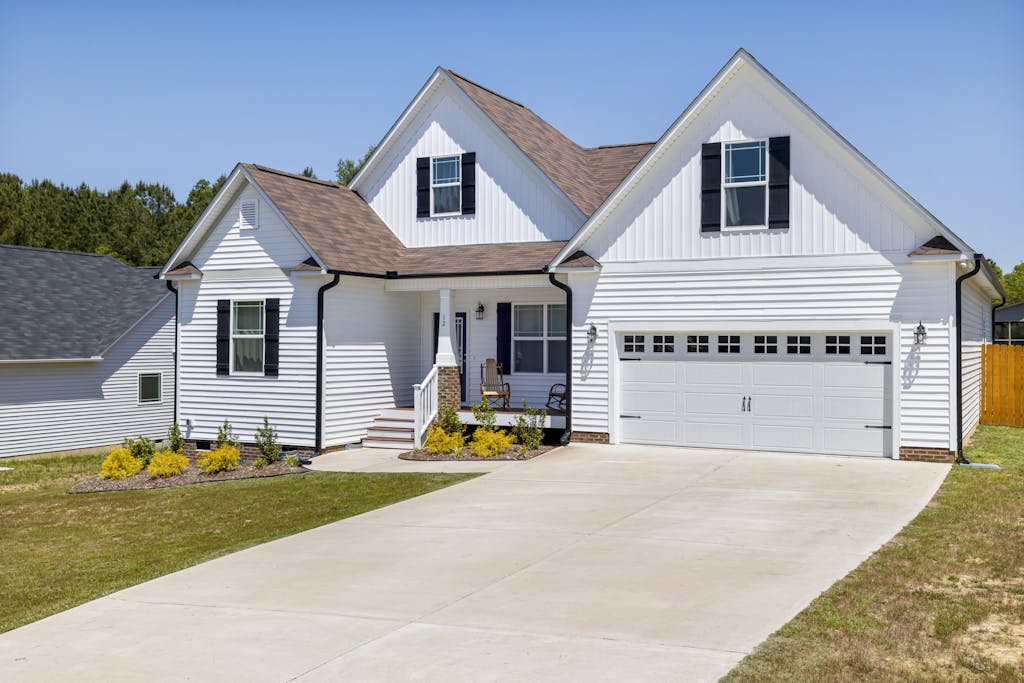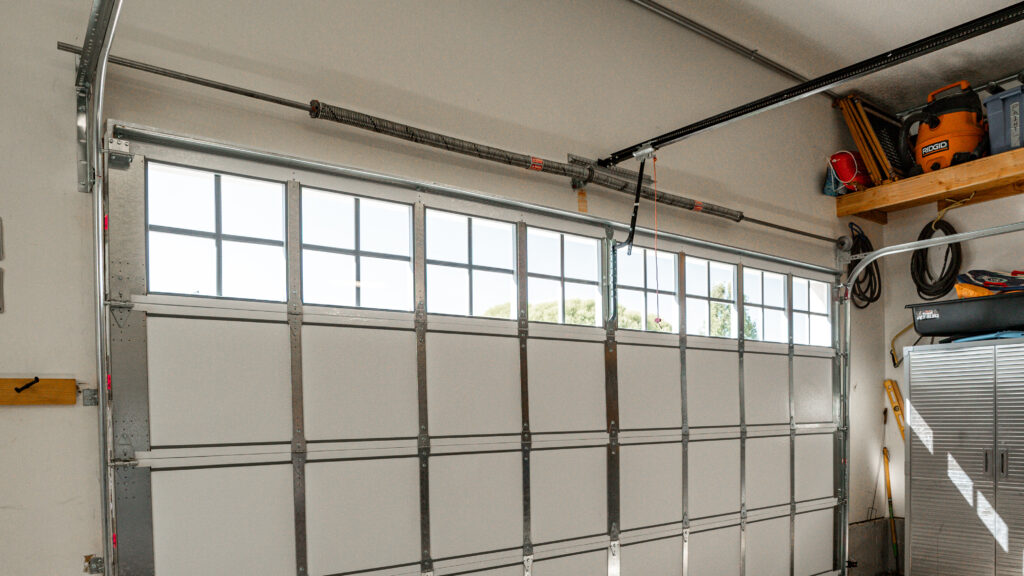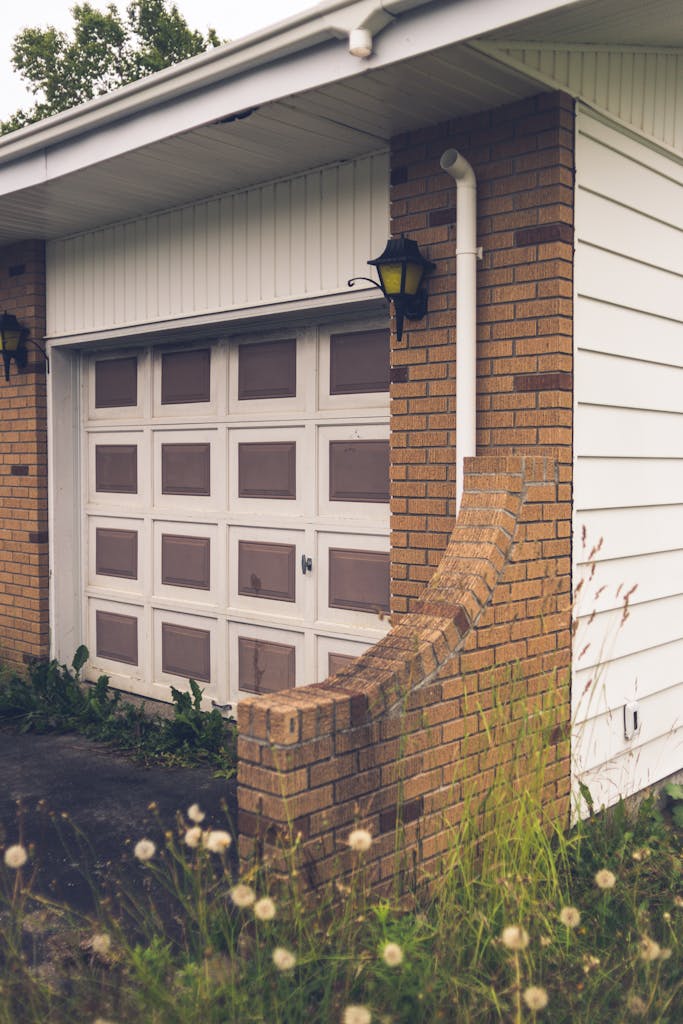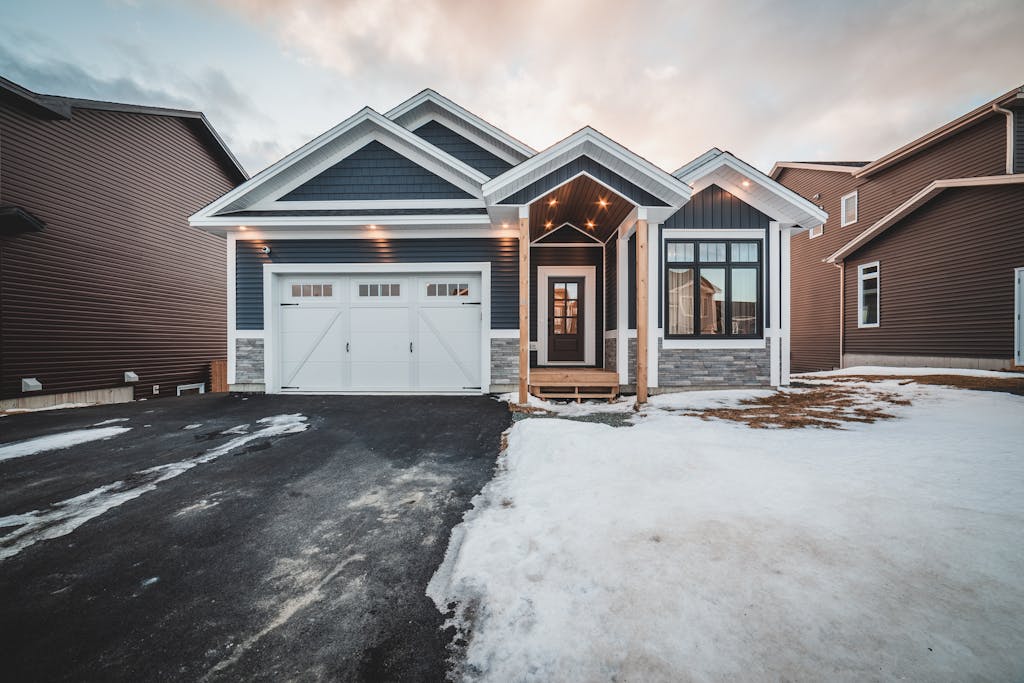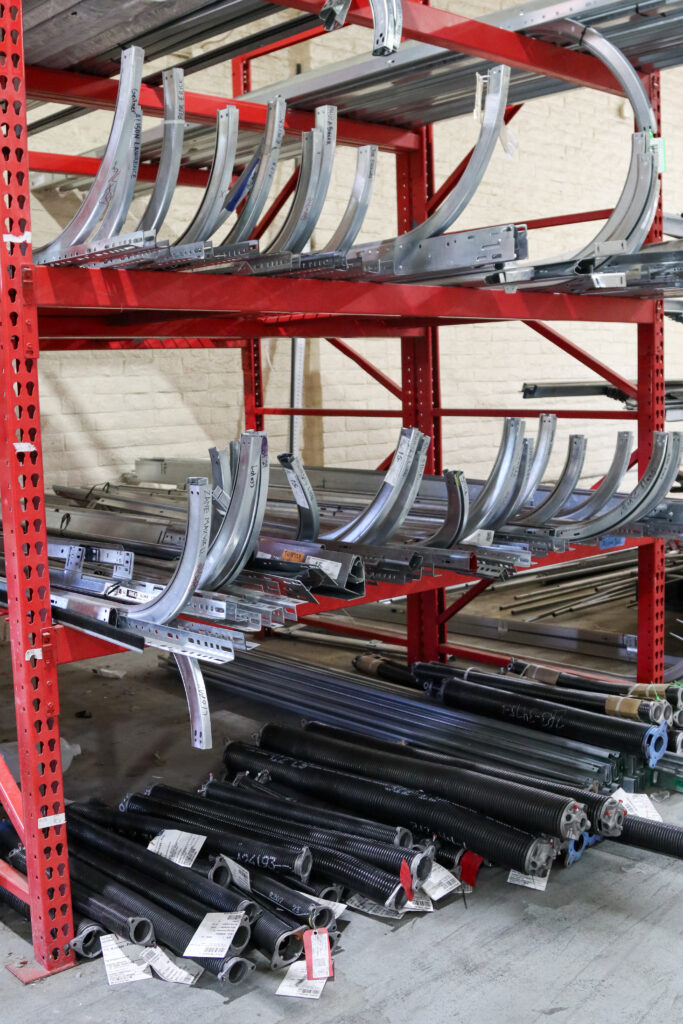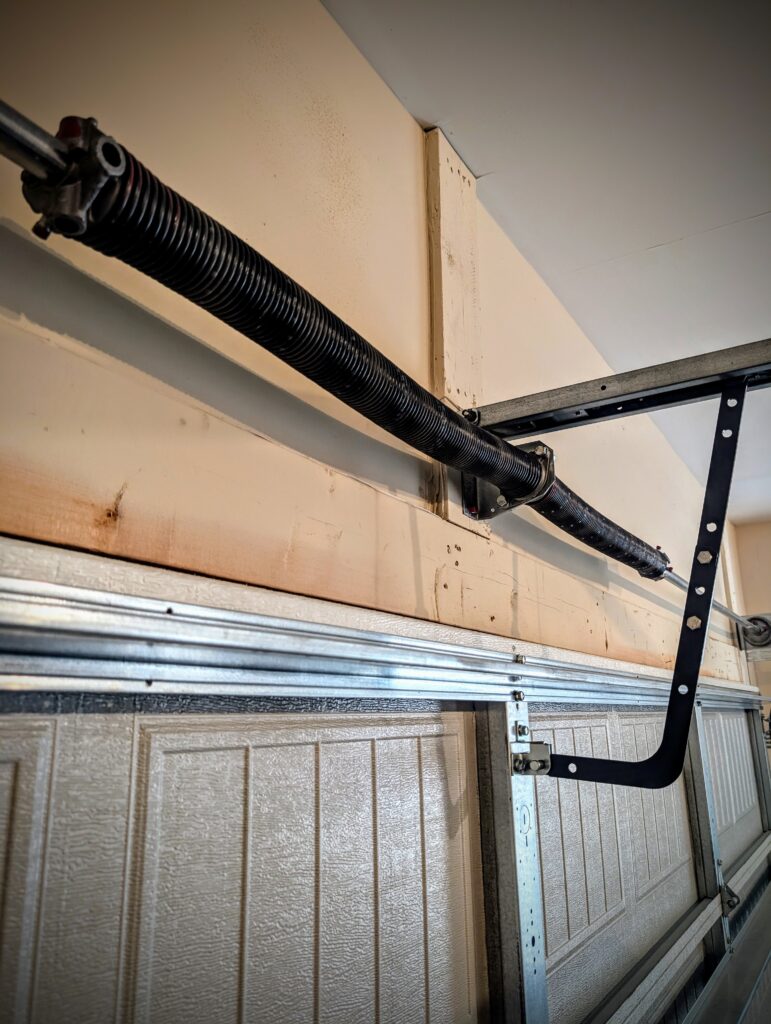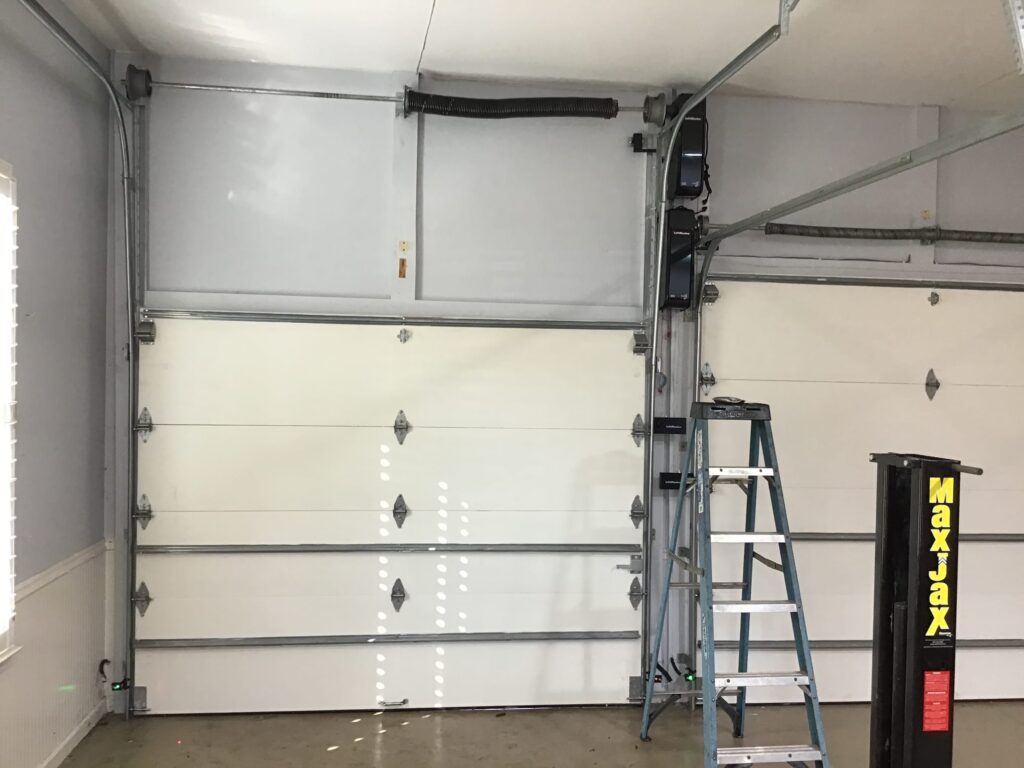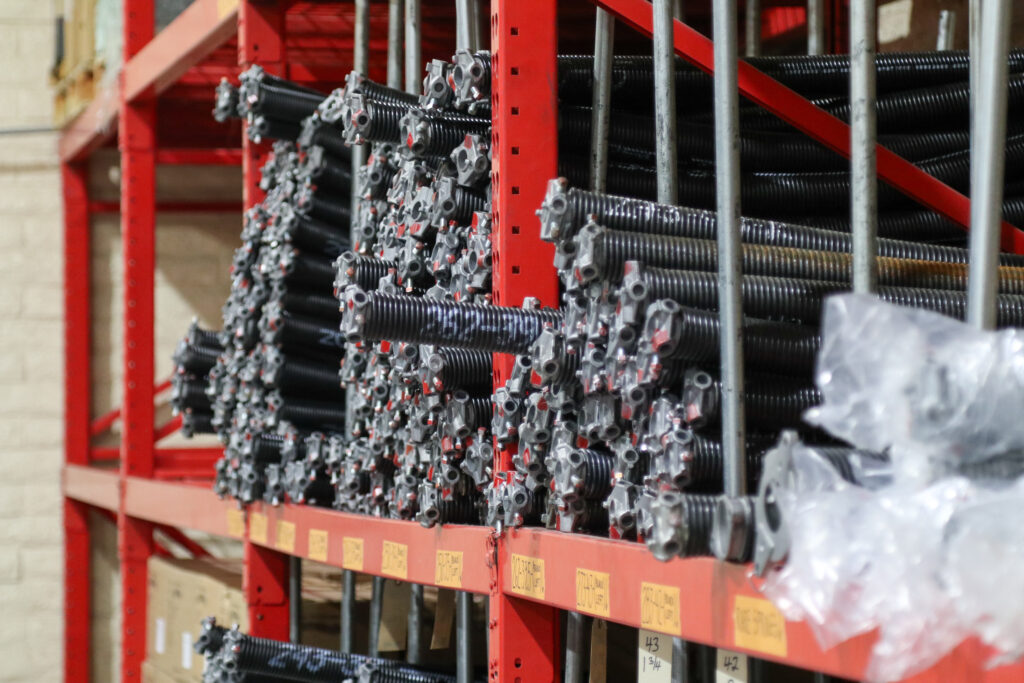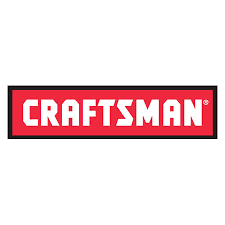Why Is My Garage Door So Loud? How to Fix a Noisy Garage Door
Why is your garage door so loud? Common culprits include lack of lubrication, loose hardware, or worn parts. Learn how to fix a noisy garage door with simple DIY steps like lubricating moving parts and tightening bolts. This guide offers expert advice to silence those annoying squeaks and rattles.
By: Sean Donnelly | Published: May 8, 2025
Find Garage Door Repair Services
Get a fast & free quote | Schedule your service today
Garage doors have plenty of moving parts and get lots of use day-to-day. Given this, as well as environmental factors like temperature fluctuations and moisture, noisy operation is a common issue due to worn parts or hardware. We’ve broken down some typical sources for this along with some easy fixes.
Feel free to contact one of our top recommended professionals for a consultation for repairs or maintenance if you don’t feel comfortable with DIY home upkeep.
Why Is My Garage Door So Loud? Common Causes of Garage Door Noise
Other than a usually-gentle hum from your motor, garage door openers should make fairly little noise. Regular maintenance and cleaning can help to mitigate or eliminate most other noise if your opener and all associated parts are new.
New or louder-than-usual sounds from your opener could either indicate a problem or a need for a cleaning. In many cases, increased noise levels can be fixed with a diagnostic check followed by cleaning or a DIY repair. Replacing garage door rollers, lubricating your door components and other similar tasks are common fixes.
Some other common noises, like loud pops or banging sounds could signify broken or damaged springs. We recommend professional care for any spring replacement or maintenance due to the safety concerns involved.
Identifying Different Garage Door Noises and What They Mean
Diagnosing the source of excess noises in your garage doors is usually an easy task. We’ve outlined the most common noise types and sources here:
DIY Solutions for Quieting Your Garage Door
Routine maintenance and some inexpensive fixes and upgrades can keep your doors in excellent operation for far longer.
Garage Door Opener Noise Reduction Strategies
Switching to a new opener type is the most obvious way to reduce noise while in operation. Chain drive motors are the most common system used in homes. If you have an attached garage, this could be a concern for you, as this type of opener will transfer the most noise to the rest of your residence.
If you’ve recently move to a new home, or if your motor is more than a decade old, you may consider replacing it with one of the following options:
In addition, many newer motors are DC powered, which operates more quietly than conventional models.
Advanced Noise Reduction Techniques
Aside from lubrication, there are several things you can address during your routine inspections which can reduce noise levels.
If you notice that your door rollers are routinely slipping off the tracks, or that your door is sitting unevenly when raised, you could have an alignment issue. Loosening your ceiling brackets and using a mallet to gently tap your tracks back into line is an easy DIY fix.
Further rattling during operation could be an indicator of loose hardware. Check your hinges, springs and rollers and tighten all screws to ensure that panels don’t come loose from the tracks or from the rest of the door. If it is just one panel that seems to be causing the problem you may want to consider replacing a single panel on your door.
When to Call a Professional Garage Door Technician
Garage door lubrication and inspection are almost always DIY tasks if you don’t encounter any larger issues with your doors.
Loud banging noises or stalling in your opener’s operation should signify a need for professional assistance. ProLift Garage Door cites an average cost of $75 to $150 per hour for labor, regardless of the repairs needed. Depending on the issue, this could include materials.
Popping or banging noises during operation could mean that your springs are broken or damaged. Due to the many safety issues surrounding spring problems, we always recommend that you get a professional opinion. The amount of tension on your springs and the prevalence of crushing injuries due to spring failure mean that the assurances offered by labor warranties and trained technicians are a must.
Preventative Maintenance for Quieter Operation
New garage doors typically have a lifespan of 15 years or more. Proper maintenance and occasional replacement of wearable parts or hardware can extend this to 30 years in some cases.
We recommend that you conduct regular inspections of your system and lubricate all moving parts every four to six months to keep noise levels to a minimum. We’ve listed the expected lifespans of some garage door components to show when you can expect regular wear to affect your door.
| Door Component | Typical Lifespan |
|---|---|
| Garage door opener | Up to 15 years |
| Extension springs | 10,000 cycles |
| Torsion springs | Up to 20,000 cycles |
| Tracks | 10–30 years |
| Hinges | 15–25 years |
| Rollers | Up to 20 years |
Frequently Asked Questions About Noisy Garage Doors

Get Your Free Quote and Schedule Your Garage Repair Today
Find top-rated companies for fast garage repairs and service to make sure your garage door system lasts. Get free quotes from garage door companies in your area.
Tips and Expert Advice for Your Garage
Stay informed with expert advice on garage door maintenance, garage door service, garage door replacement, and upgrades. Explore our blog for guides, troubleshooting tips, and more.
